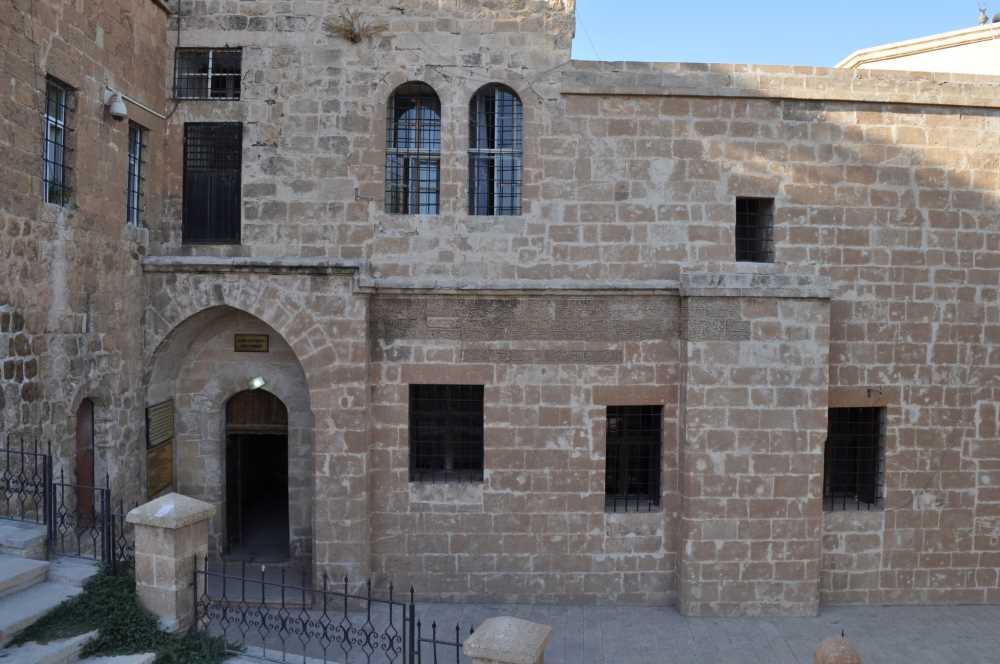YOLBUL(NAVIGATION)
Hatuniye Medresesi’nin diğer ismi Sitti Radviyye Medresesi’dir. Medrese mimarisi açısından eyvanlı medreselerin öncü örneklerinden biri olarak kabul edilen medrese, 1176/7-1184/5 yılları arasında yapılmıştır.
Dikdörtgen bir alanı kaplayan, iki eyvanlı, revaklı avlulu, iki katlı olan bu yapı zamanla büyük değişiklikler geçirmiş, ilk hali oldukça bozulmuş, avlu yapısını da kaybetmiştir. Günümüzde medresenin ana eyvanı olması gereken mihraplı güney eyvanının kuzeyine revak bölümünü de içine alan bir duvar çekilmiştir. Ana eyvanda bulunan mihrap bezemeleri Artuklu Dönemi’nin zengin taş işçiliğine işaret etmektedir. Mihrabın yanındaki bir camekân içinde Hz. Muhammed’in ayak izi görülebilir. Cami haline getirilmiş olan eyvan kısmının doğusunda tromplu kubbeli kare bir türbe mekânı yer almaktadır. Kutbettin İlgazi’nin annesi Sitti Raziye’nin yaptırdığı bu medreseye gömülmüş olduğu bilinmektedir.
ENGLISH HATUNIYE MADRASA
Hatuniye Madrasa or Sitti Radviyye Madrasa was built between 1176 and 1184. The structure considered as one of the leading examples of madrasas with iwans in terms of its architecture
This structure, which covers a rectangular area, has two iwans, a cloister and a courtyard, has undergone major changes over time, its original state has deteriorated considerably, and it has lost its courtyard structure. A wall including the portico was built to the north of the south iwan with mihrab, which should be the main iwan of the madrasa today. The mihrab decorations in the main iwan demonstrates the skills of stonework of the Artuqid Period. In a showcase next to the mihrab, The footprints of Prophet Mohammad (peace be on him) can be seen. To the east of the iwan part, which has been converted into a mosque, there is a square mausoleum with a squinches and a dome. It is believed that Sitti Raziye, the mother of Kutbettin Ilgazi of whom built the madrasa, was buried here.
